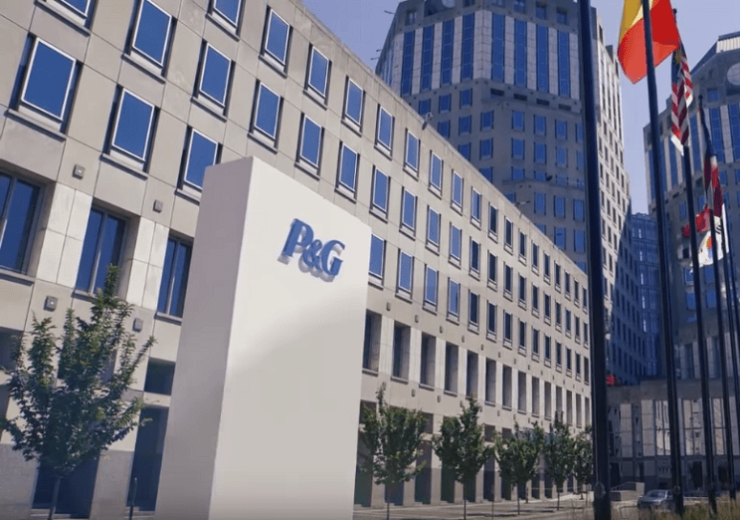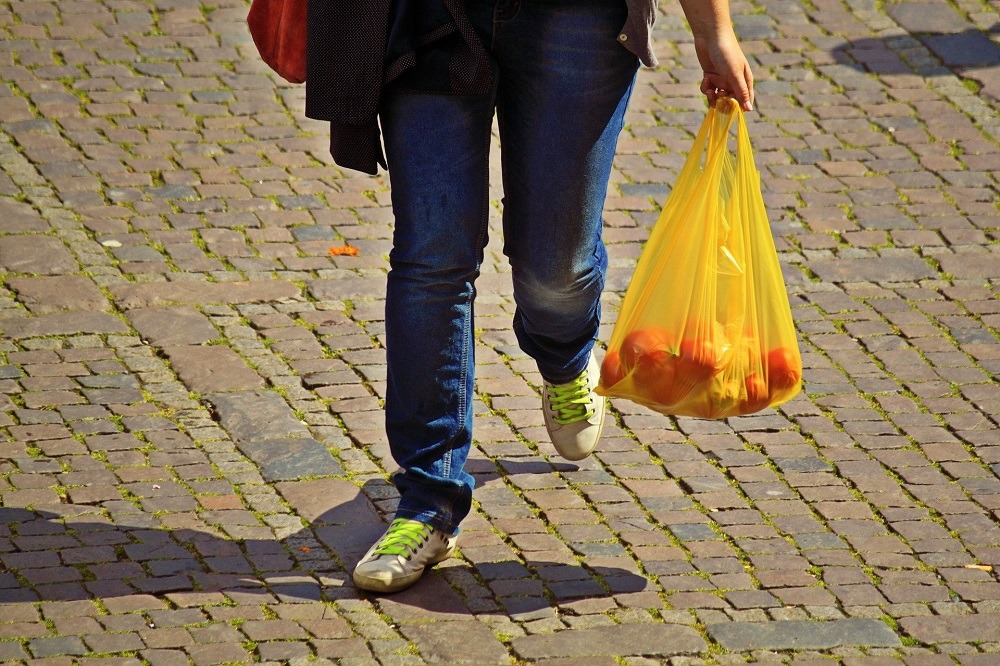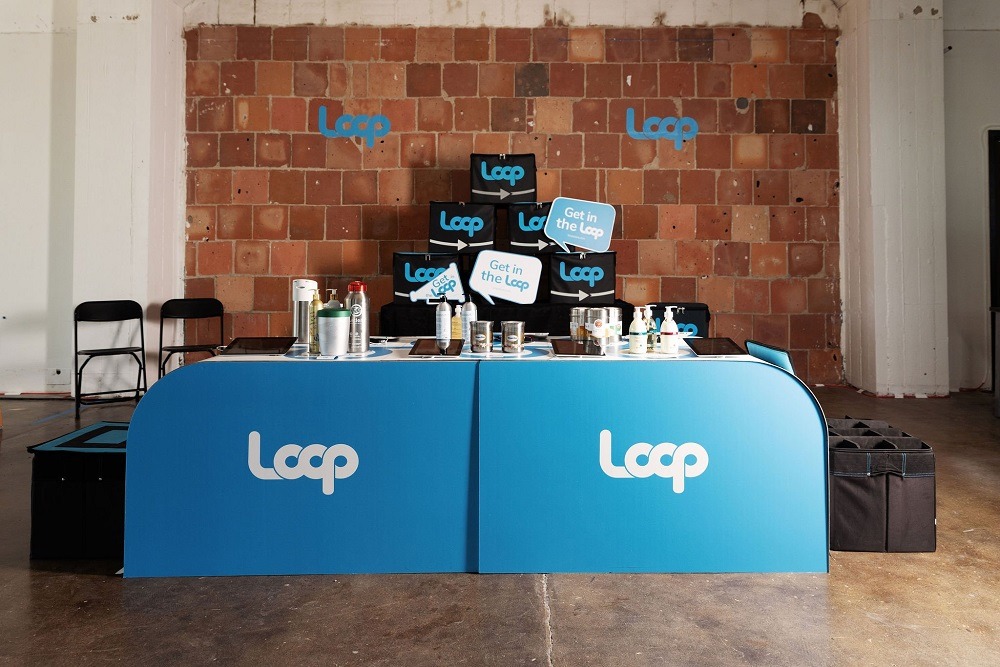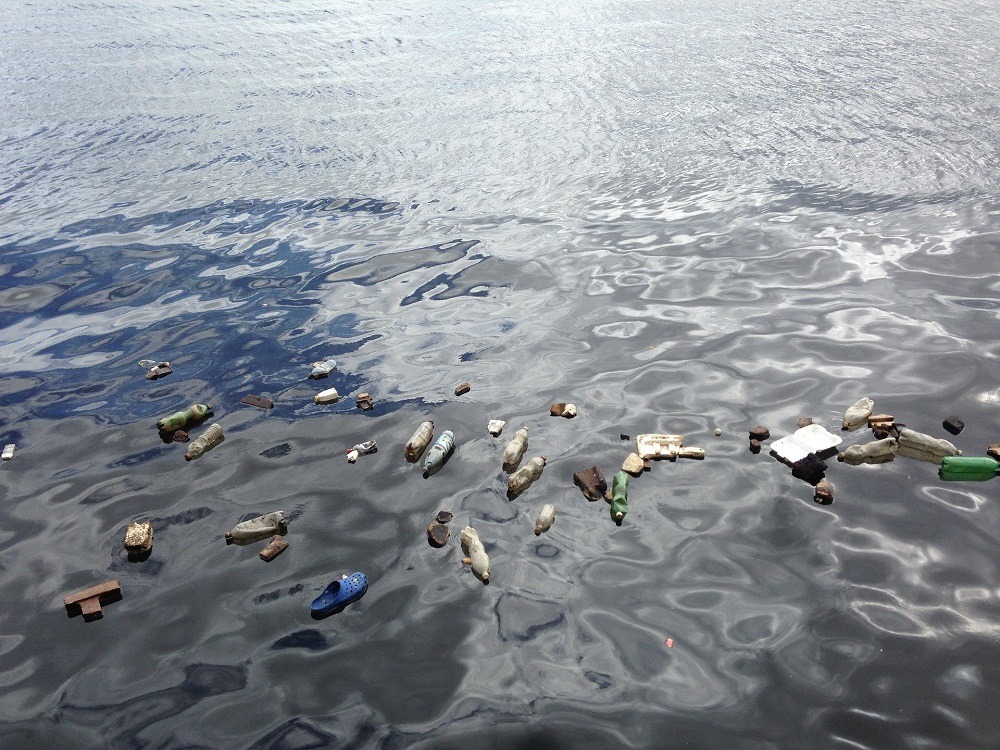Speaking to Packaging Today's Matthew Rogerson, P&G senior sustainability scientist Guillaume Lebert discusses the firm's work with the Loop system

P&G was founded in 1837 by William Procter and James Gamble (Credit: YouTube/P&G (Procter & Gamble)
Procter & Gamble (P&G) sustainability senior scientist Guillaume Lebert speaks to Packaging Today Editor Matthew Rogerson following the company’s announcement that its fabric care brands, such as Ariel, have all committed to a 30% plastics reduction across Europe by 2025.
By 2025, the number of plastic reductions a year will be equivalent to a continuous line of detergent bottles forming a chain around the world. “The true amount is about 15,000 tonnes,” explains Lebert, “but to many people, especially those who don’t have such an intimate understanding of what that means or looks like, circling the world is a more dramatic visual for them to appreciate.”
Lebert offered a little clarity on what sustainability means to P&G and where it overlapped or crossed with packaging, noting that many people in the industry can often be guilty of seeing the trees and not the wood.
“Sustainability is a large, complex and dynamic subject, and if there was a simple solution to resolve all potential issues with a single solution we would have arrived at it many years ago,” he said.
“To give an accurate picture, we start with the lifecycle analysis to see the full picture of where the energy and resources are used or wasted, so that we can start to see where we need to apply solutions. If you take laundry care, turning on your washing machine at home is the overwhelming majority of energy usage; at 65% compared with the 5% that is packaging or the manufacturing of the product.”
Sustainability issues are ‘affected by country’, says senior P&G sustainability scientist
So, from an energy standpoint, strides in packaging energy efficiency would be similar to concentrating on the keyhole when there is no back wall, and what is needed is a way to reduce the energy consumption in the home, as that provides the biggest win and retains the most energy from being lost.
“By finding ways to improve the product’s efficiency so it can provide the same quality wash at 30C as at 40C, a major energy loss is countered,” explains Lebert.

Sustainability is also affected by country. Different nations have different systems in place for handling waste and recycling, and being a global company means having to manage corporate sustainable strategy in line with country requirements.
“Currently, for example, only the Netherlands and Germany have the capability to recycle monomaterials plastic bags, but soon France will be able to. This, in turn, influences what we can make our packaging from for the future,” says Lebert.
“Today, there is no point in providing light-weighted pouches for the liquid laundry business if the packaging is not recyclable while the bottle it replaces is, as we are simply leaving ourselves another issue to resolve and not really finding a sustainable solution.”
‘I want my plastic back’: Senior P&G sustainability scientist on the importance of circularity
One of the key concepts that Lebert touched on was circularity. The circular economy is a major topic at the front of mind in manufacturing in Europe and with good reason.
By reducing or removing virgin polymers or required materials, vast amounts of energy can be saved and a major dent in waste can be achieved. Paraphrasing Margaret Thatcher’s famous “I want my money back” line, Lebert touts his equally-resolute, “I want my plastic back”.
“Control is key. When I am making the product I can ensure that everything is used, there is no waste, and its footprint is minimal,” Lebert explains. “By passing this to the consumer for them to use, I lose this management, and I also lose the packaging and material.
“I need the consumer to put it into the correct waste stream, the reclaim companies to stream and recycle the materials, and sell it back to me. Only then can I regain this manufacturing oversight.
“The issue with this is that consumers do not have the right information, or receive conflicting messages that mean they revert to default when home recycling or disposing of products, which is to say put it in the garbage. Then it’s lost – we want to get it back.”
This is why one of the major developments in this struggle is a pilot programme with Terracycle called ‘Loop’. Brand-owners involved include P&G, Nestlé, PepsiCo, Unilever, Mars Petcare, Coca-Cola European Partners, Mondelēz International, Danone, Jacobs Douwe Egberts, Lesieur, BIC and Beiersdorf.

In addition, Carrefour will be the key retail partner in France, and other partners include UPS and Suez. Piloting in Paris and New York in 2019, a wider rollout could follow in short order if it’s a success.
The programme is simple; consumers will go to the Loop website or Loop partner retailer’s websites and shop for trusted brands now redesigned to be packaging waste-free. They receive their durable products in Loop’s exclusively designed state-of-the-art shipping tote that eliminates the need for single-use shipping materials like cardboard boxes.
There is no need to clean and dispose of the package; as consumers finish their products, they place the empty package into one of their Loop totes. Loop will pick-up directly from the consumer’s home. Loop’s team of scientists has developed custom cleaning technologies so that each product may be safely reused.
Loop promptly replenishes products as needed and returns the refilled shipping totes to the consumer. If there is recoverable used products such as diapers, pads, razors or brush parts, they will be recovered to be reused or recycled.
“It is an incredible programme with such wide potential,” enthuses Lebert. “Historically, we had tried a refill station in supermarkets that was not successful as it caused more problems than it solved. Chief among them being that consumers don’t have the resources to properly clean their used bottles, and we didn’t have the manufacturing overview to ensure that everything was made to our high standards.
“But now, consumers get to use their product as usual, they do not have to think about how to dispose of their packaging and we ‘get our plastics back’, ready to re-use. According to the most recent research, if we can re-use that bottle three times it will have offset a single journey of non-recyclable materials, and gets us a giant step closer to a circular economy.”
‘There’s no silver bullet to solve sustainability problems’
This is only one part of the company’s sustainability strategy, as Lebert confirms, “By 2022, P&G Fabric Care Europe aims to make all its brands’ packaging 100% recyclable. Ariel and Lenor are working to increase the demand for recycling by further increasing the use of post-consumer recycled material (PCR) in their packaging, which today already contains up to 50% PCR.
“In addition, we are aiming to remove 30% of plastics from P&G Fabric Care Europe products by 2025 at the latest. Our ultimate aim is to have full circularity by reaching 100% recycled plastic content.
“However, with today’s methods you always get some issues with contamination with the product that the packaging came with before. There are some solutions being developed by the recycling industry that we are partnering with to enable this future packaging circularity objective.”
Returning to the challenge of sustainability, he was clear that the biggest challenge in sustainability for P&G is that, “there is no silver bullet to solve all sustainability problems. Each time we look at the solution we need to look at the lifecycle analysis and the environmental footprint of that solution.

“We need to make sure that we are doing the right thing and also helping our suppliers to do the right thing. We have to make sure that the one we choose has a positive impact on the planet. In addition, sustainability is not always an easy story to communicate to the consumer.
“We are always looking for more effective ways to engage with all our consumers across our products as individuals to properly talk to them on a personal level, so that they are truly informed and can make the most responsible decisions for them”.
Education and partnerships are key to addressing this challenge and engaging with all stakeholders effectively. “We need to educate the consumer that they know it is important. You will see us being a lot more vocal about it,” explains Lebert.
“We are also looking at how can we increase bio-based material in our products. Packaging will be a part of this to drive our 2030 goals on recyclability. We want to ensure that no plastic packaging finds its way to the ocean.
“All our liquid laundry bottles in Europe are made with 25% recycled plastic, all our fabric conditioner bottles in Europe are made with 50% recycled plastic. We want to make sure that we put a lot of recycled content in our packaging to create a circular economy.”
By increasing the washing effectiveness of their products at lower temperatures, taking their plastic back to be reused and without losing materials to single-use journeys and through innovative partnerships and education, the future is bright and clean as the clothes they clean for P&G.
